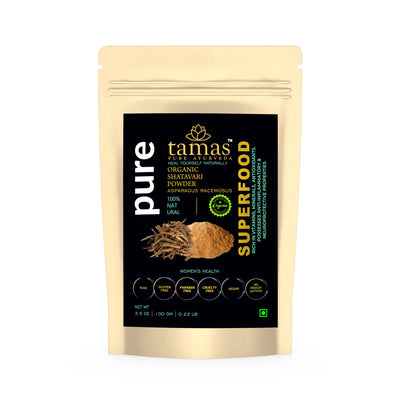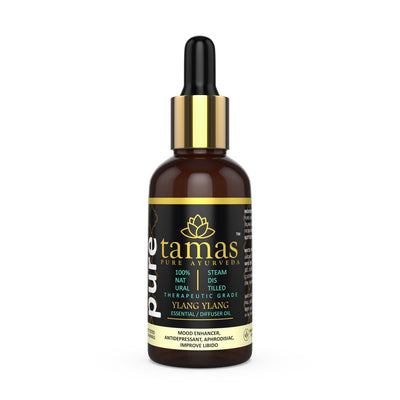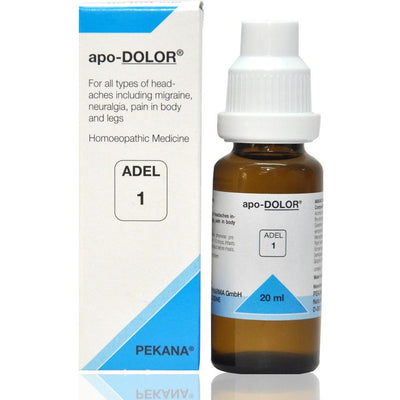
Balarishtam
Balarishtam is an Ayurvedic medicine that uses traditional herbs to ease the pain of joint disorders and related Vata problems. Joint problems may compromise a person’s ability to perform their daily routine and quality of life by restricting mobility. Ayurveda states that the benefits of Balarishtam include reducing joint inflammation and also increasing joint strength and mobility.
It affects the quality of life by restricting the mobility of the person. Ayurveda addresses such issues as Vata problems and has herbal medications that ease the symptoms of joint disorders. Balarishtam is an Ayurvedic medicine that uses traditional herbs to restore the Vata balance of the body.
Benefits of Balarishtam
As per the ancient texts of Ayurveda, Balarishtam benefits patients with joint and nervous system-related Vata health problems. The main ingredient in Balarishtam is Bala that is used traditionally to treat Vata imbalances, strengthen bones, and manage neuromuscular and neurodegenerative disorders. Vata problems are caused by poor digestion and Balarishtam health benefits include enhancing the Agni (digestive fire) in the body.
Vata disorders affect the joints as well as the nervous system and hamper the range of movement. The key ingredient in Balarishtam is the Ayurvedic herb Bala that is used traditionally to treat Vata imbalances. It is used to strengthen bones and is useful in both neuromuscular and neurodegenerative disorders. Ashwagandha is used as a strengthening agent that relieves the lack of energy and fatigue associated with these disorders. Dhataki is an immunomodulator that helps the body to heal from autoimmune-related joint problems. Since Vata problems are triggered by an incompetent metabolism and digestion, the ingredients in Balarishtam are also helpful in enhancing the Agni (digestive fire) in the body.
Ingredients
Bala (Sida cordifolia)
- This herb strengthens the bones.
- It is useful in Ayurveda for its properties of being an antioxidant, antiviral, antirheumatic, hypoglycaemic, diuretic, analgesic, antipyretic, immunoenhancing, hepatoprotective, and useful in treating neuromuscular and neurodegenerative disorders.
- It treats Vata Dosha disorders
Ashwagandha (Withania somnifera)
- It has excellent anti-anxiety and anti-stress properties
- Reduces the effects of tiredness and fatigue
Guda (Jaggery)
- Balances the Vata and Pitta Doshas
- It is a blood purifier
Dhataki (Woodfordia fruticosa)
- It is an immunomodulator in traditional medicine and useful in the treatment of thirst, dysentery, bleeding problems, rheumatism, and Pitta fever.
- It boosts immunity
Ksira Vidari (Ipomea digitata)
- Alligator Yam
- Is useful in the Ayurvedic treatment of hepatic diseases, spleen issues, bleeding disorders, joint swelling, fever, skin complexion, as a diuretic and to improve lactation
- It is useful in herbal treatments to improve sperm counts and fertility
- It is also a traditional strengthening tonic that also improves body mass, virility and strength
- It reduces the vitiated Vata and Pitta Doshas
- It is used in the formulation of medicine for knee joint pain
Eranda (Ricinus communis)
- Castor
- Balances Vata and Kapha Doshas
- Traditional medicine for Rheumatism, Lumbago, and Sciatica
Rasna (Alpinia officinarum)
- This herb is used in traditional Ayurveda as an immunomodulator, anti-diabetic, anti-oxidant, anti-microbial, diuretic, and anti-ulcerative
- It is used in traditional medicine to treat joint pain, digestive problems, respiratory problems and as a blood purifier
- It stimulates the digestive fire and pacifies the vitiated Vata Dosha
- It should not be used without medical supervision
Ela (Elettaria cardamomum)
- Cardamom
- It balances Kapha and Vata Doshas
- It is used in Ayurveda as an antioxidant in treating asthma, hypertension, dysuria, and indigestion
Prasaarani (Paederia Foetida)
- This a herb that is characterised by its foul smell.
- Its leaves and roots are used in the formulation of Ayurvedic medicine for joint pain
- It is used in traditional medicine for its anti-inflammatory, anti-bacterial, anti-oxidant, anti-hyperglycemic, and anthelmintic properties.
- It is useful in the treatment of degenerative arthritis shoulder and neck problems.
Lavanga (Syzygium aromaticum)
- Clove
- Is used in ayurvedic medicine as a carminative, anti-inflammatory and antibacterial
- Fights liver toxicity
Usira (Vettiveria zizanioides)
- It pacifies Vata and Pitta Doshas
- It is used as a detoxifier - Removes Ama
- Aids wound healing and is used in the formulation of Ayurvedic medicine for knee pain
Swadamstra (Tribulus terrestris)
- Promotes ovulation and is useful in treating erectile dysfunction
- Diuretic restores the fluid balance in the body
- Boosts energy and vitality
- Helps in glucose intolerance and polycystic ovarian syndrome (PCOS)
Dosage
Balarishtam use: Adults 15ml to 25ml and children 5ml to 15ml or as directed by a physician
Joint Disorders and Ayurveda
Ayurveda refers to joint, bone or muscle problems as Vata disorders, or Vata Vyadhi. Vata disorders cause either weakness or rigidity in the affected part of the body. Joint problems are caused by weak or malnourished joints and fragile bones and joints. Vata Vyadhi starts in the digestive process and the circulation and nourishment supplied to the joint. Poor digestion also causes Ama or toxic metabolic waste formation. Over time this becomes Amavisha and penetrates the joint. It reduces lubrication and causes inflammation and swelling. The Ayurvedic treatment eliminates the Ama and strengthens the digestion to prevent further Ama formation.
Vata Disorders In Ayurveda - How To Increase Body Strength And Stamina
The body is governed by three Doshas according to Ayurveda; Vata, Pitta, and Kapha Doshas. The Vata Dosha is the Dosha that governs all movement. Prana is the life force in the body that also creates movement. Joint, bone, or muscle problems are called Vata disorders or Vata Vyadhi. These Vata disorders may cause either weakness or rigidity in the affected part of the body.
Vata disorders can be those present at the time of birth or those that appear later in life. Both types are Vata Vyadhi. Some joint problems are autoimmune in nature. Ayurvedic treatments for degenerative problems are both through internal medicine as well as external treatments. How to keep Vata in balance? The external Panchakarma treatments pacify the Vata Dosha. A Vata pacifying diet and joint pain medicine keep the Vata Dosha balanced.
Joint problems can be caused by weakness or malnourished joints. This is compounded by low bone density and fragile bones and joints. This problem can be traced to the digestive process, circulation and the nourishment supplied to the joint. The Vyana Vata is the sub-Dosha of the Vata Dosha that governs this.
The other type of joint problem is when the lubrication of the joint is insufficient. This is directly linked to Ama. Ama is the metabolic waste that is formed when the digestion is poor. It is toxic and when accumulated in the body for a period of time becomes Amavisha. When this Ama penetrates the joint lubrication it harms it by causing inflammation and swelling of the joints. The Shleshaka Kapha governs the lubrication of the joints. When this gets affected by the Vyana Vata it dries up the joint lubrication. This is the root cause of degenerative joint problems.
Ayurvedic medicine for joint pain detoxifies the body of ama and nourishes the affected tissues. Diet and lifestyle modification help to reduce the formation of Ama at the source. A balanced diet and proper lifestyle also bring the three Doshas into optimum balance. Exercise and keeping oneself within a healthy weight range relieves the stress on the joints.
Muscle And Joint Problems - An Overview
Joint problems may occur due to injury, overuse, malnutrition, and autoimmune problems. Injuries and overuse are treated with rest, analgesics, and anti-inflammatories. Autoimmune or degenerative joint issues are managed with anti-inflammatories and painkillers, NSAIDs, steroids, biologic agents, and Disease-modifying antirheumatic drugs (DMARDs).
How To Increase Body Strength - Muscle And Joint Problems - An Overview
Joint problems are caused due to overuse, injury, nutritional deficiencies, and autoimmune problems. When there is an injury or overuse one is advised to rest, ice, and treat the problems with analgesics and anti-inflammatories. When there is an autoimmune or degenerative joint issue it is managed rather than cured. Stiffness can be eased with the use of anti-inflammatory and pain killing drugs. Some of the medications used are NSAIDs, steroids, biologic agents, and Disease-modifying antirheumatic drugs (DMARDs). An overweight patient should lose weight. A healthy nutrition rich balanced diet helps the body heal. Physiotherapy helps regain mobility.




















